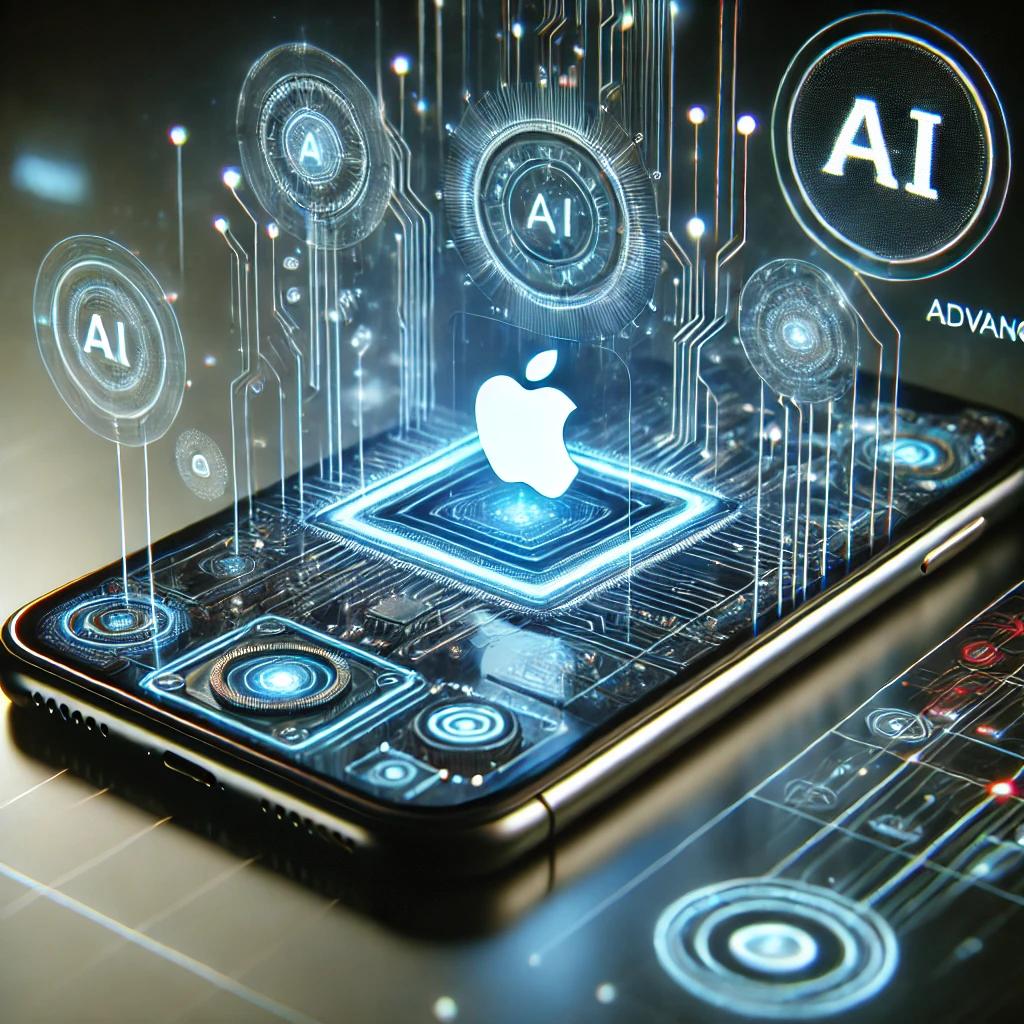Apple has always been synonymous with innovation. From sleek hardware to cutting-edge software, it has consistently redefined technology. Now, the company appears to be making another major move—this time in artificial intelligence (AI). Recent reports suggest Apple is exploring ways to run large language models (LLMs) directly on devices. This approach could transform AI infrastructure and provide users with a more secure, seamless experience.
What Are Large Language Models?
Large language models are sophisticated AI systems trained to understand and generate human-like text. They power tools like chatbots, voice assistants, and text generation apps. However, running these models typically requires substantial cloud computing resources. Companies like OpenAI and Google rely on powerful servers to operate such models.
Apple’s ambition to bring this capability to devices could disrupt the status quo. Instead of depending on cloud processing, users could access advanced AI locally on their phones or computers.
Why Apple’s Approach Is Unique
While AI is evolving rapidly, privacy concerns remain a significant issue. Apple’s focus on privacy aligns perfectly with this new strategy. Running LLMs on devices would eliminate the need for sensitive data to be sent to external servers. This ensures better data security and user control.
Additionally, Apple’s strategy addresses latency. When models operate locally, response times improve. Tasks like translating text, generating summaries, or answering questions could happen almost instantaneously. This would enhance the overall user experience.
Technical Challenges and Apple’s Edge
Running large AI models on devices is no small feat. These models typically require vast memory and computational power. Apple’s advantage lies in its custom silicon, particularly the M1 and M2 chips. These processors are optimized for machine learning tasks. With these chips, Apple devices could handle AI tasks that once seemed impossible for mobile hardware.
Moreover, Apple’s research teams are reportedly working on algorithms to reduce the size of these models without compromising performance. This innovation could make high-powered AI accessible to everyone.

Potential Applications
Apple’s on-device LLMs could revolutionize several areas:
- Voice Assistants
Siri could become more conversational and capable, rivaling or surpassing competitors like Alexa and Google Assistant. - Personalized Recommendations
Apps could offer tailored suggestions without relying on cloud data, ensuring greater privacy. - Real-Time Translation
On-device AI could enable faster, more accurate language translation, even offline. - Enhanced Accessibility
Users with disabilities could benefit from smarter tools, such as real-time text-to-speech features.
Implications for the Tech Industry
If Apple succeeds, this move could pressure competitors to rethink their cloud-dependent strategies. Companies like Google and Microsoft might need to pivot toward local AI capabilities to stay relevant. Moreover, developers could gain access to Apple’s tools, fostering a new wave of AI-powered apps designed for privacy-first environments.
What This Means for Users
For consumers, the benefits are clear. Faster performance, better privacy, and reduced dependence on the internet are significant advantages. With Apple’s extensive ecosystem, these advancements could integrate seamlessly across devices, creating a unified and secure user experience.
Conclusion
Apple’s push toward on-device large language models is both ambitious and transformative. By leveraging its hardware expertise and privacy-first philosophy, the company could redefine how we interact with AI. If successful, this innovation will not only enhance user experience but also set a new standard for AI in the tech industry.

For more insights into Apple’s AI advancements, read this MarketWatch article. To understand large language models in detail, check out OpenAI’s guide.

